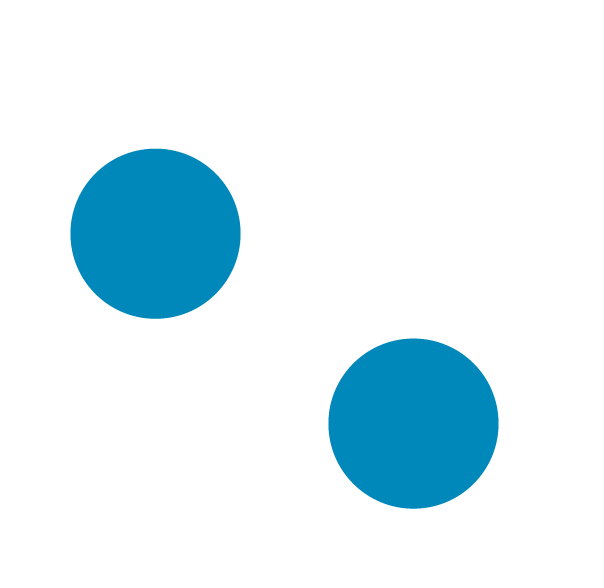Physical Measurement Basics
|
"An experiment is a question which science poses to Nature, and a measurement is the recording of Nature's answer.”
~ Max Plank
It is nearly too trivial to type, but physical measurements are a necessity for any science, or field of engineering. Without the act of checking in with and deferring to empirical evidence, an astronomer, for example, would be no better off than the average astrologer when it came to making useful predictions, and her theories would simply be yet another set of human superstitions. Physical measurements are, in fact, what sets science apart, and, as such, the proper execution of such measurements is vital.
The purpose of physical measurements:
“About thirty years ago there was much talk that geologists ought only to observe and not theorize; and I well remember some one saying that at this rate a man might as well go into a gravel pit and count the pebbles and describe the colors. How odd it is that anyone should not see that all observation must be for or against some view if it is to be of any service!” ~ Charles Darwin
Baring some types of compulsive disorders, we, of course, do not measure simply to measure. As the quote above indicates, humans most often measure the physical world with the hope to find evidence for or against some hypothesis about how the physical world works. Physical measurements are the judge, jury, and executioner for our hypotheses and, without them, there would be no scientific method.
The problem with physical measurements:
"What we observe is not nature itself, but nature exposed to our method of questioning.” ~ Werner Heisenberg
Heisenberg's quote above is the problem in a nutshell. We have no paths to truths that do not wind through a tangle of assumptions about our methods of questioning. Even without considering our analytical equipment, we are intractably dependant upon the measuring devices with which we come hardwired from birth.
For example, consider the process of taking in visual data. As our understanding goes, it seems light enters through the lens of our eye, and a very thin slice of that EM spectrum then excites about 100 million rods and cones in our retinas. Without going any further, though, we already have filtered out and pixilated a good deal of reality at this point, and it gets much worse. As these electrical signals make it to and are processed at the back of our brains, our circuitry inverts them to make the world look right-side up, it performs some edge detection, and conducts some rudimentary patter recognition. All this happens before we, in the frontal lobe, even become aware of any visual data.
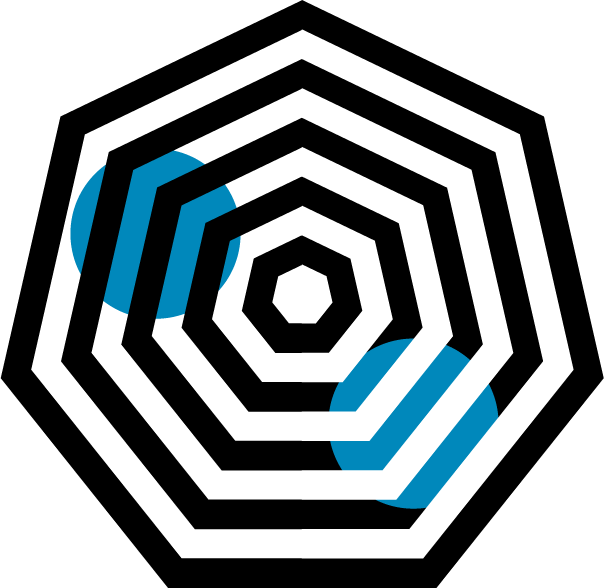
Figure 1: Brightness illusion.
All this subconscious preprocessing can lead to some interesting effects. Consider the image in Figure 1. Two circles are shown, one covered with white stripes and the other with black stripes. While the two circles are, in actuality, the same color, we cannot help but see the left circle as darker than the other. You can put your mouse over the figure to remove the lines and see the circles side-by-side.
The preprocessing may be more complicated than simple issues of contrast. Our brains may inform us base on expectations regarding reality. Consider the following images:
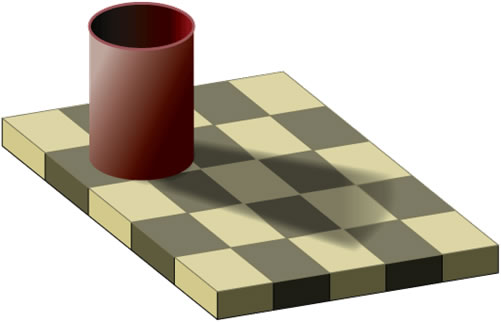 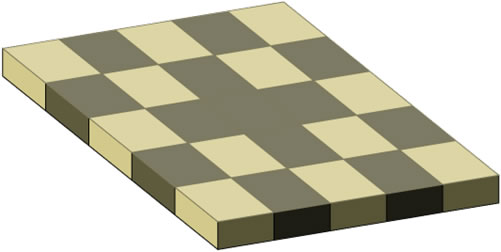
Figure 2, Shadow illusion. |
In reality, the tile in the center of the checkerboard is the same hue and brightness as the dark squares of the board. Our assumptions about shadows and our processing of the contrast around that tile, however, tells us something false: that the center tile is lighter than the dark tiles, even if darker than the light tiles.
Mouse over to see the board without the cylinder and its shadow surrounding the center tile. In fact, toggling between the two images only changes the color of the tiles surrounding the center tile, but one cannot help but see the center tile as changing color (If it seems unbelievable that that tile does not change color, simply copy both images into your image processing software and view the rgb values; they do not change).
One could go much further into issues of human bias and our tendency to notice what we expect and desire to be true. Consider, for instance, the research on confirmation bias. But here we will move on. Suffice it to say that humans are imperfect agents in conducting physical measurements, and we must consistently view our measurements with suspicion. However, as there is no perfect access to physical truth, humans will have to do.
Improving Our Physical Measurements:
We can and often do take many steps to segregate humans and our biases from physical measurements as much as possible:
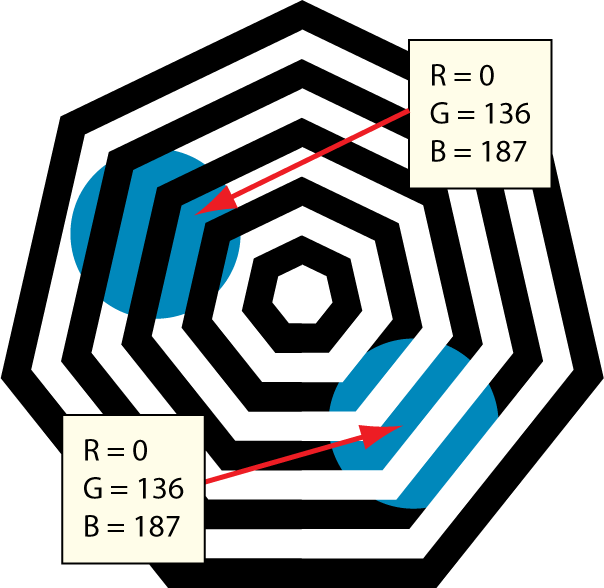
Figure 3: Brightness illusion with pixel values.
Cautiously defer to analytical equipment: There is a similar string of fallible assumption inherent in any piece of analytical equipment we use, be it our eyes or a spectrophotometer, but the spectrophotometer has circuitry that is better understood and no grant money riding on a query of nature.
For such reasons we use equipment to quantify our measurements and do not rely on our subjective senses. For example, the pixel values in the image shown Figure 1 can be read off in a computer, in order to detect the fact that the two circles that look so different to our sense of color are, in truth, the same (Figure 3).
Perform statistical analyses: Even after we collect data off of our hardware, humans have a horrible sense of randomness and tend to be drawn to runs and to their expectations, even when considering purely random numbers. For such reasons we use statistical analysis. See this section for details on statistically sound analysis of data.
Types of Error:
under construction...
